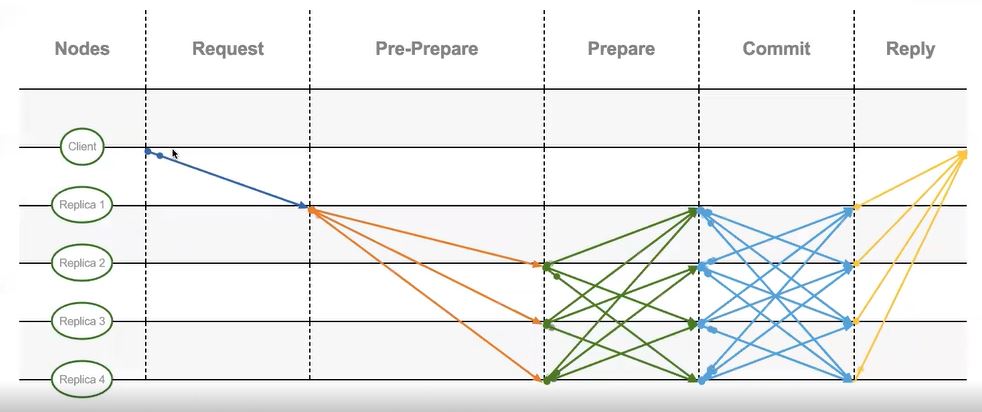Blockchain

What is Blockchain?
Blockchain is a decentralised and distributed system that has a continuous list of transactions stored in blocks in a linked list format. Each block contains a hash of the previous block, a timestamp and transaction data. Blockchains are managed by individual nodes, generally referred to as Replicas. These nodes internally follow different protocols to communicate and validate new blocks.
Blockchain Protocols
There have been many Byzantine fault tolerant consensus protocols (BFT) proposed over the years to result in better throughput and latency. In real world, adversarial attacks are a real concern and hence for a reliable consensus protocol it is very important to have higher resilience to faulty/byzantine behaviour of nodes.
Blockchain Applications
Cryptocurrency - Major applications build on blockchain technology such as Bitcoin, Etherium etc.
Financial services - Many banks are investing to use distributed ledger for banking by creating private blockchains for increase in efficiency along with reduction in cost
Supply chain - Retailers and consumers can use blockchain technology to track their products from warehouses to stores. Many retailers have started building backend blockhain system to manage their supply chain.















